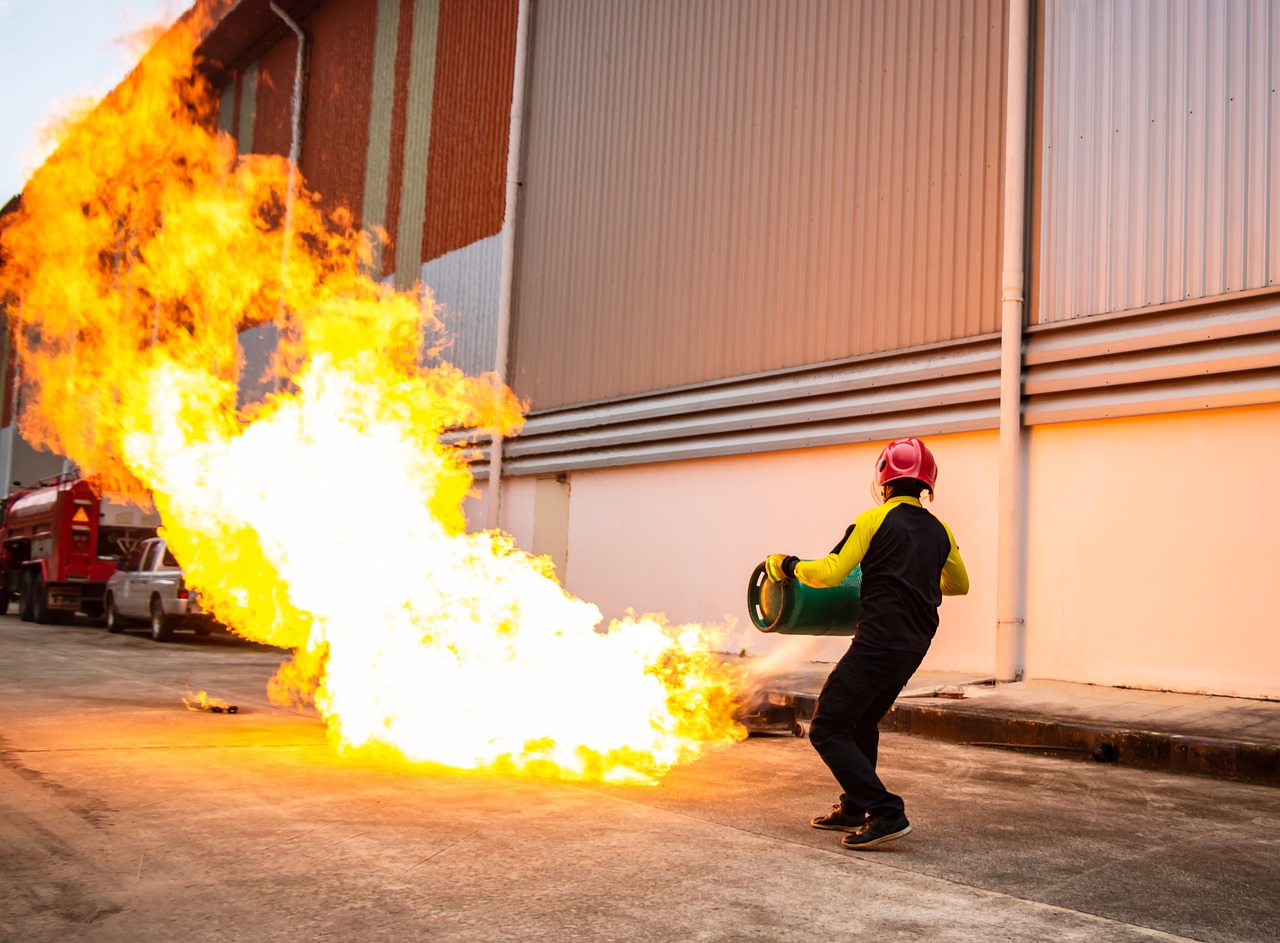


A school must always be aware of the significance of fire prevention and provide a safe environment for students. A few examples of effective school fire safety measures are fire extinguishers, fire drills, fire exits, fire escapes, and fire alarms.
School fire tragedies and disasters can be avoided if appropriate fire safety measures are put in place and religiously followed, school authorities are well-informed, the appropriate school personnel are suitably designated to implement such measures, all government fire safety policies are followed, and of course, adequate training and cooperation by students and faculty are provided.
The fact that many children are collected in one place and could be impacted by a single fire makes school fire prevention crucial. Particularly at risk is the chemistry lab, which contains a large quantity of combustible fluids. Fire safety in schools is currently a very crucial subject because a fire in such places has the potential to get out of control.
Uncontrolled fires can result in significant loss of life in addition to property damage. The majority of schools have canteens, which typically involve handling big LPG containers and can result in mishaps that start fires. To ensure fire safety in the school premises, this issue should also be routinely monitored.
Every school must take the necessary precautions in order to prevent anything untoward from happening in the case of an emergency, like a fire. Every floor must have a fire extinguisher, fire alarm, and other fire safety equipment necessary that can be used to contain the fire before it spreads.
Students need to be trained by firefighters on how to use some of the firefighting appliances like fire extinguishers. School authorities should make sure that they regularly inspect the electrical wiring of the premises. Also, they should create a culture of fire safety among the users of the installation e.g., unplug electrical appliances when not in use, use cords within their marked ratings, and replace damaged or old electrical cords.
A successful fire-prevention program should be customized to the unique circumstances of a school, but in general, should include the following four essential components:
What should you do if a school fire breaks out?
Anyone who finds a fire must immediately activate the nearest fire alarm call point to raise the alert.
Any fire outbreaks or suspected fires should be reported right away to the nearest fire department using the quickest method possible, regardless of how little they may be. Given that there would be a phone nearby, this work might very well fall under the purview of the school secretary.
Students need to be told to exit the building calmly and orderly in a single file upon hearing the fire alarm. The instructor in charge of each session is required to specify the exit route to be taken and to direct everyone to a preset assembly location. To guarantee that they are helped throughout the evacuation, special accommodations must be established for kids who are physically or mentally disadvantaged. Running is not to be allowed as panic may result. Everyone must descend the stairs in a single file. Classes or individuals should not be allowed to overtake one another. The use of elevators is likewise prohibited.
The location of the assembly point must be outside the boundaries of the school. Anyone who may be on the school grounds must be able to see it clearly marked and quickly locate it. It must be distant enough from the school’s buildings to provide protection from a fire’s heat and smoke. It ought to be situated such that responding emergency vehicles won’t endanger the safety of faculty and employees.
In the event of a fire alarm, one person should be designated as having overall responsibility for making sure that a roll call is taken. They should adhere to the following guidelines:
The most important matter that a school should address is preventing fire catastrophes and disasters from occurring in schools. The school has a big obligation to implement all necessary fire safety measures to lessen, if not completely prevent, fire disasters and tragedies. This is why it’s crucial to uphold the importance of fire prevention.